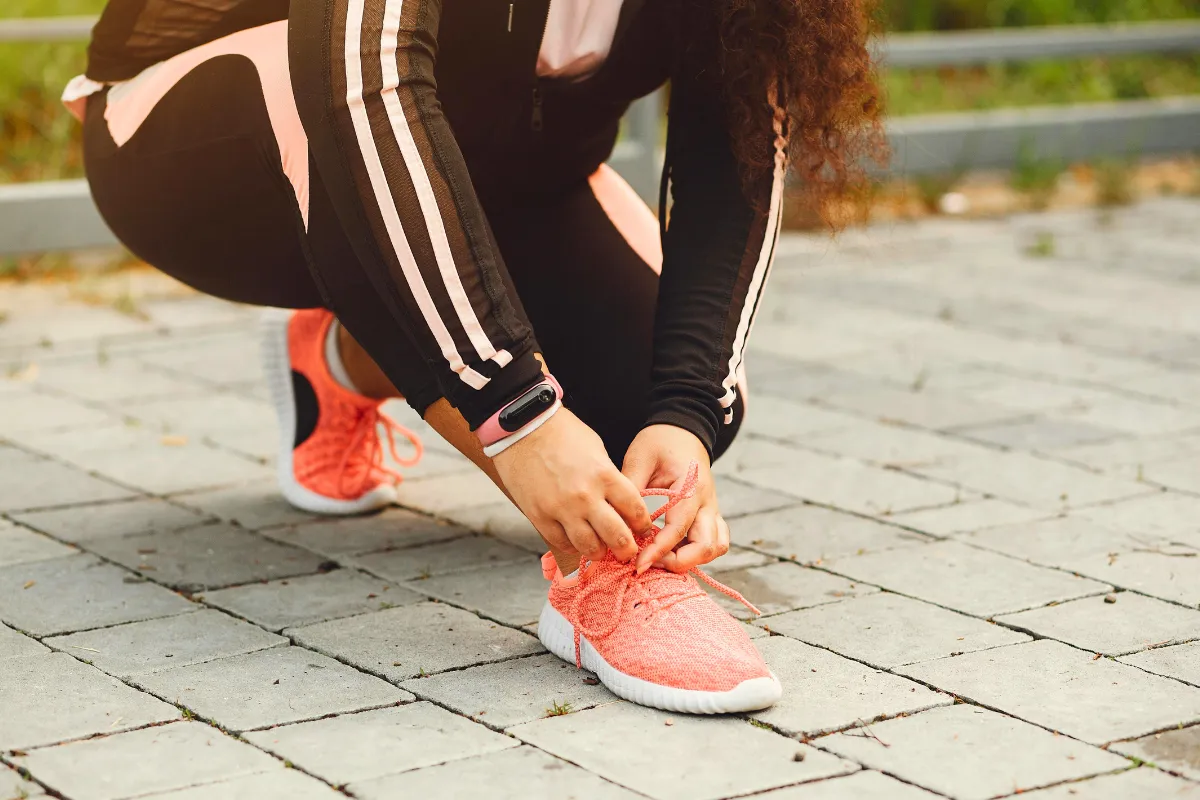
Choosing the Right Shoe: A Rehab Expert's Guide for Seacoast NH
It’s Not Just About Comfort. It’s About Function.
In a world full of stylish sneakers and seasonal trends, finding the right shoe can feel like guesswork. But for rehab and performance professionals—and the Seacoast NH residents we support—shoe selection is more than a fashion decision. It's a key factor in movement quality, injury prevention, and long-term health.
Why Most People Guess (And Get It Wrong)
Every foot is different. From arch type to mobility and injury history, there’s no one-size-fits-all. Yet many people in Portsmouth, Dover, and across the Seacoast default to popular shoes without realizing how they may disrupt their natural movement.
Too often, patients cycle through shoes that don’t match their structure or mechanics. This can silently reinforce poor movement patterns—or worse, lead to avoidable injury.
What Can The Right Shoe Actually Do?
A well-selected shoe can:
Promote optimal gait
Support alignment from heel strike to toe-off
Enhance proprioception (your brain’s sense of foot position)
Prevent compensations in knees, hips, or back
Aid recovery by reducing stress on healing tissues
These shoes are constructed to assist in improving our gait while maintaining comfort for long duration. Simple as that. No running required.
The Risks Of The Wrong Shoe
Wearing the wrong footwear can do more than cause discomfort. It can:
Create instability in the heel and rearfoot
Shift pressure to the outer foot or big toe, affecting push-off
Limit toe splay with stiff toe boxes
Disrupt gait mechanics and lead to compensations in posture
Even trending styles like Hokas or Topos can do harm if used improperly. Shoes that help one person may worsen another’s foot function.
Signs A Shoe Isn't Right for You
You need to "break it in" to feel good
There’s discomfort in the heel, arch, or big toe
Your foot rolls unnaturally during gait
The heel collapses or twists too easily
No noticeable contact through the arch
Start With Function, Not Fashion
You don’t need to be a shoe expert to make good choices. But as a movement professional or someone in recovery, understanding structure and purpose matters.
Tips for finding the right fit in Seacoast NH:
Choose brands known for consistent structure (e.g., Brooks, Asics, New Balance)
Evaluate in-store: arch support, heel counter firmness, and toe box flexibility
Match shoe to your foot’s needs—not the trend
When To Refer Out
If discomfort persists after trying several shoes—or if there’s a complex history (post-op, chronic pain, deformity)—get a movement specialist involved. Physical therapists in Portsmouth, Exeter, and surrounding towns can evaluate foot mechanics and help tailor footwear choices.
Final Thought: It’s About Moving Better, Longer
The right shoe isn’t just for athletes. It’s a tool for anyone looking to walk, work, or move without pain. Don’t let poor footwear become the weak link.
Want More Clinical Tools Like This?
I offer:
Free downloadable education guides
1-on-1 coaching for movement professionals
In-person clinics across Seacoast NH
👉 Explore My Offerings

